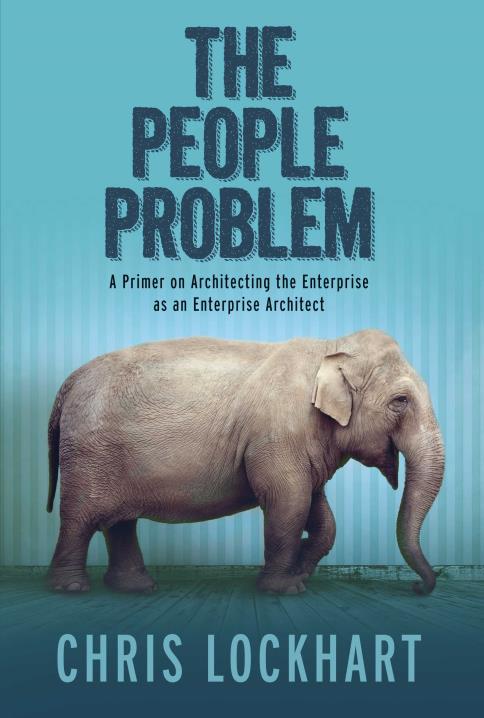I’m not a psychologist
I attended a TEDx event one time in Greenville, SC. First of all, fantastic that we have a large enough innovative community in smaller cities to support these independent TED salons. The topic that particular night was creativity, what it means, how we can foster it and what it means for us as people.
The attendees were probably what you’d expect for a topic like this. Most appeared to be related to the creative arts industries such as advertising, social media, public relations, web design, graphic design, etc. There were certainly some techies in the crowd as well. As the discussion progressed, I couldn’t help but feel there was a missing element to the arguments back and forth. How does being creative actually help you in the real world of bills and deadlines and children?
The answer, of course, is that it depends on the value that is derived from creativity. The definition of that value is, well, subjective and depends on you, your life, your work. When I apply it to technology and the work I’ve done in my career, I tend to see the value of being creative as the ability to solve business problems in new or interesting ways. I see it as innovation. But as I observe the technology industry around me, as I watch others in my field of IT and enterprise architecture, I’m distressed to see a decided lack of innovation.
We can’t all be in the clouds
I’ve worked in IT since the mid-1990s. There is a decidedly heavier footprint of folks that came up through computer science, engineering or development. The typical path for them seems to be great math and science scores in high school, programming in college, maybe some consulting after graduation and then a cozy job in the development organization of some large company. At some point in their careers there is diversification into project management or infrastructure or information systems (data). Some even become ‘architects’. But the reality is that regardless of the title, these folks remain left-brained. They’re excited by gadgets and Star Trek and keep copies of Tolkien in their laptop bag. Okay, I’m generalizing that they’re all nerds, but you get the gist.
I was on this path for a while. I think it is an absolutely required set of skills in our society. I’m not for a second arguing they should all take up interpretive dance or move out of their parent’s basement (heh). But are they all in positions suitable to their strengths? Should they be, for example, cast as architects within a company?
The artsy architect
Logic and the ability to think analytically are central to work in technology, I believe. That is the minimum requirement, the common denominator. But there are aspects of technology that require right brain thinking in order to be performed well. Intuition, free association, expression and risk taking are traits that I have come to view as requirements for doing architecture well. I’ve talked before about the need for contextual thinking in architecture and I remain convinced that this type of non-linear, simultaneous processing of ideas and concepts is critical to connecting business and IT.
I’m advocating for more artistic architects, less prosaic practitioners of technology. We must work to build up the right thinking parts of our IT organizations.
Putting it together
But the reality is, innovation doesn’t stem from mere sequential mathematics or flowery artistic thinking. Innovation occurs as a result of the interaction and cooperation of both elements of the right-brain, left-brain divide. The ability to comfortably think in free-wheeling, liberal style is great. But couple that with an ability to identify ideas of value based on a logical analysis of the potential impact of that idea and, well, now you really have something great.
If we as practitioners of architecture, and enterprise architecture in particular, wish to provide maximum value to the business units we support, we must take a bilateral view of our capabilities. We must ensure our logical capabilities are sufficiently built up so that we may think analytically. But we must also, crucially, ensure our other side is developed enough to enable us to think in non-linear ways.
Creativity in technology should be the task to which architects dedicate themselves. It isn’t merely reducing everything to parts and pieces, to components. It is about assessing the ability of technology to deliver business value in innovative ways. Anything less and we’ll fall behind more innovative companies and societies.
Success requires both the left and right brain.


